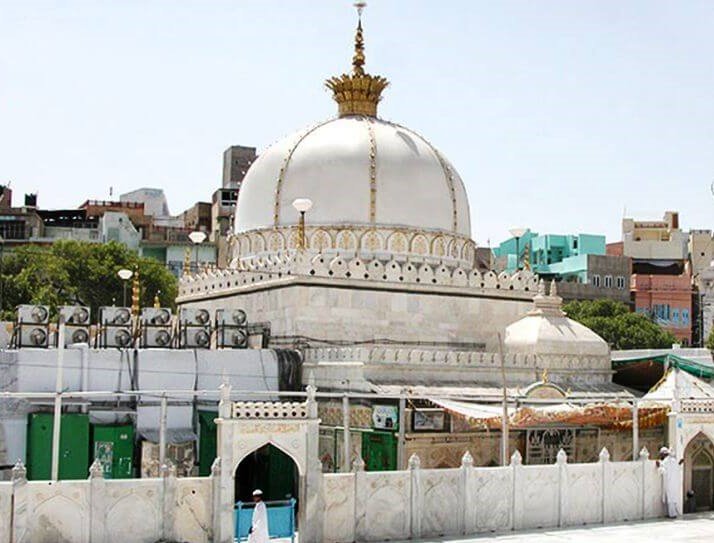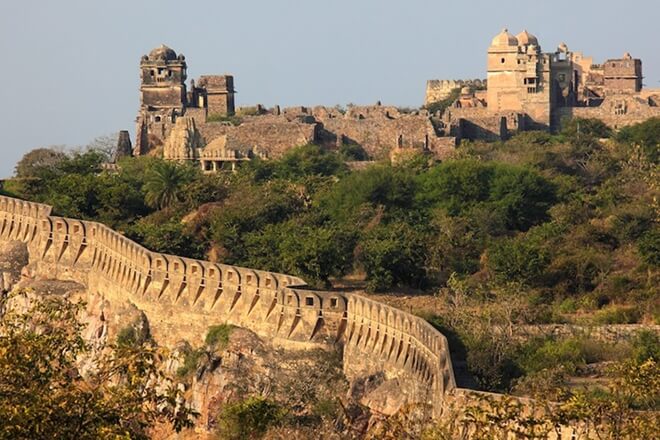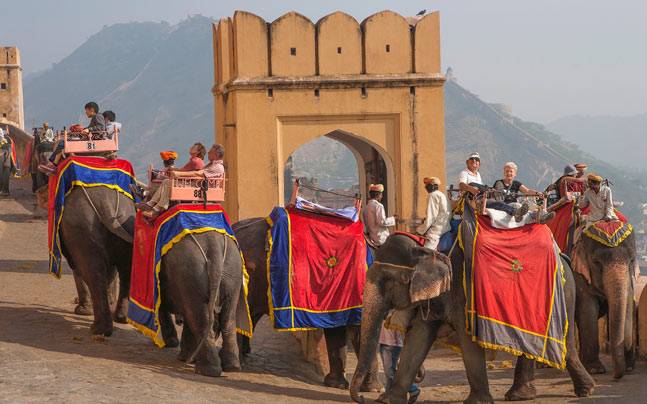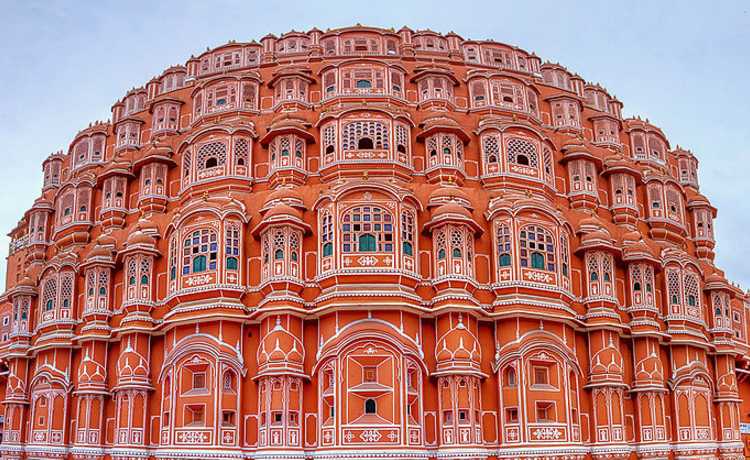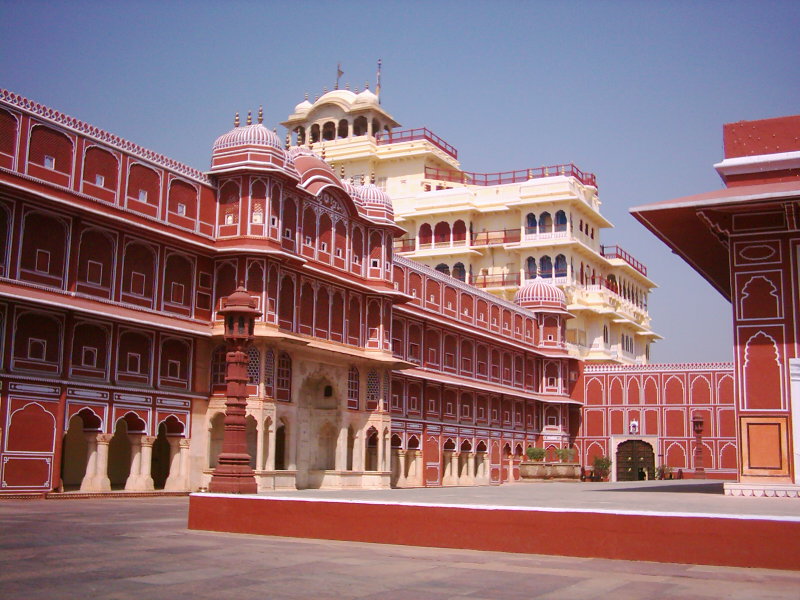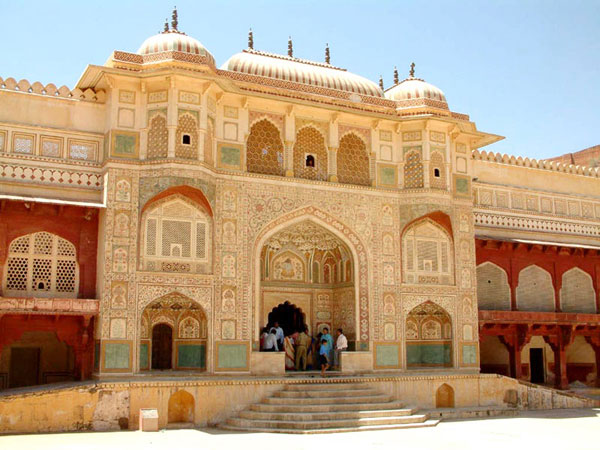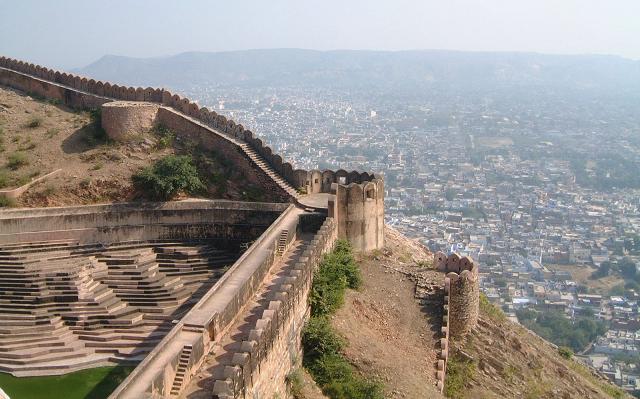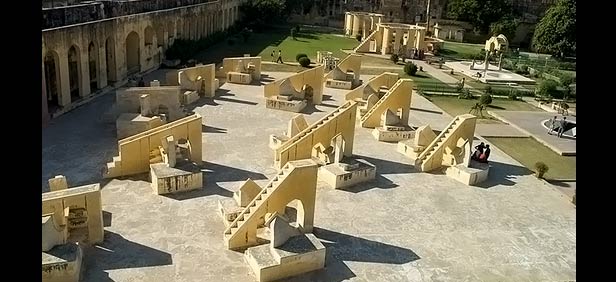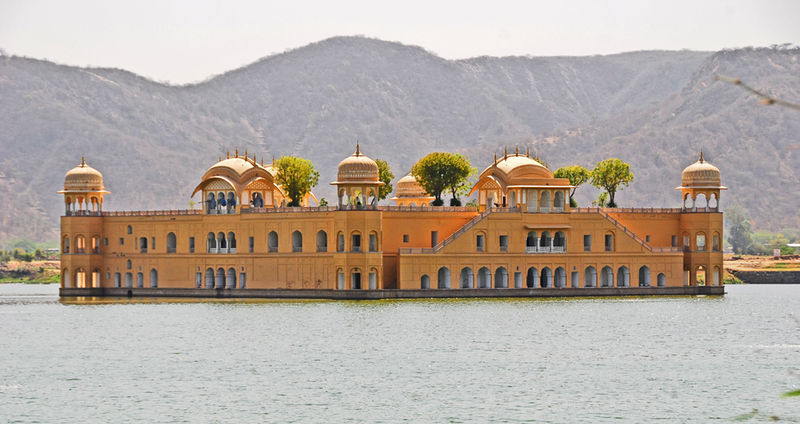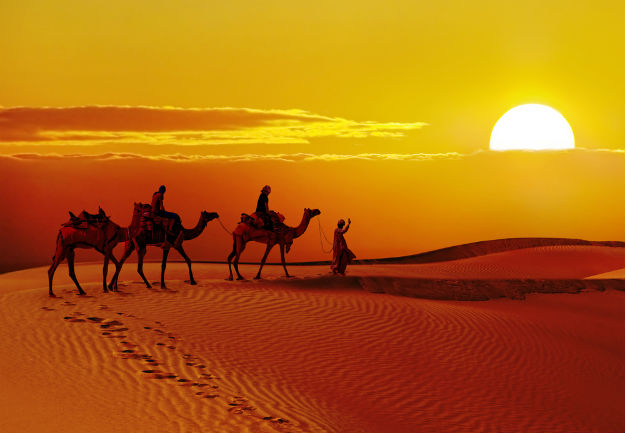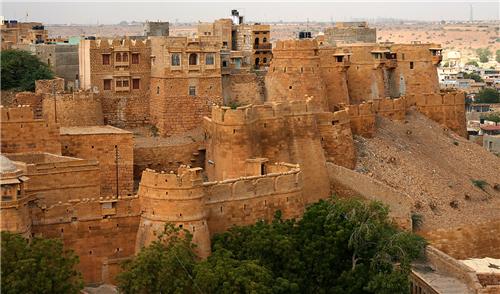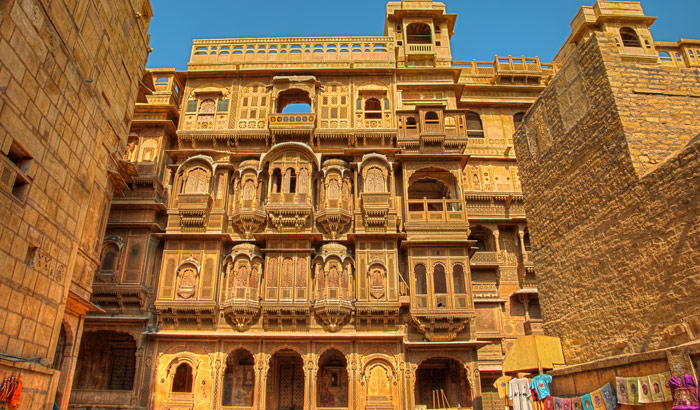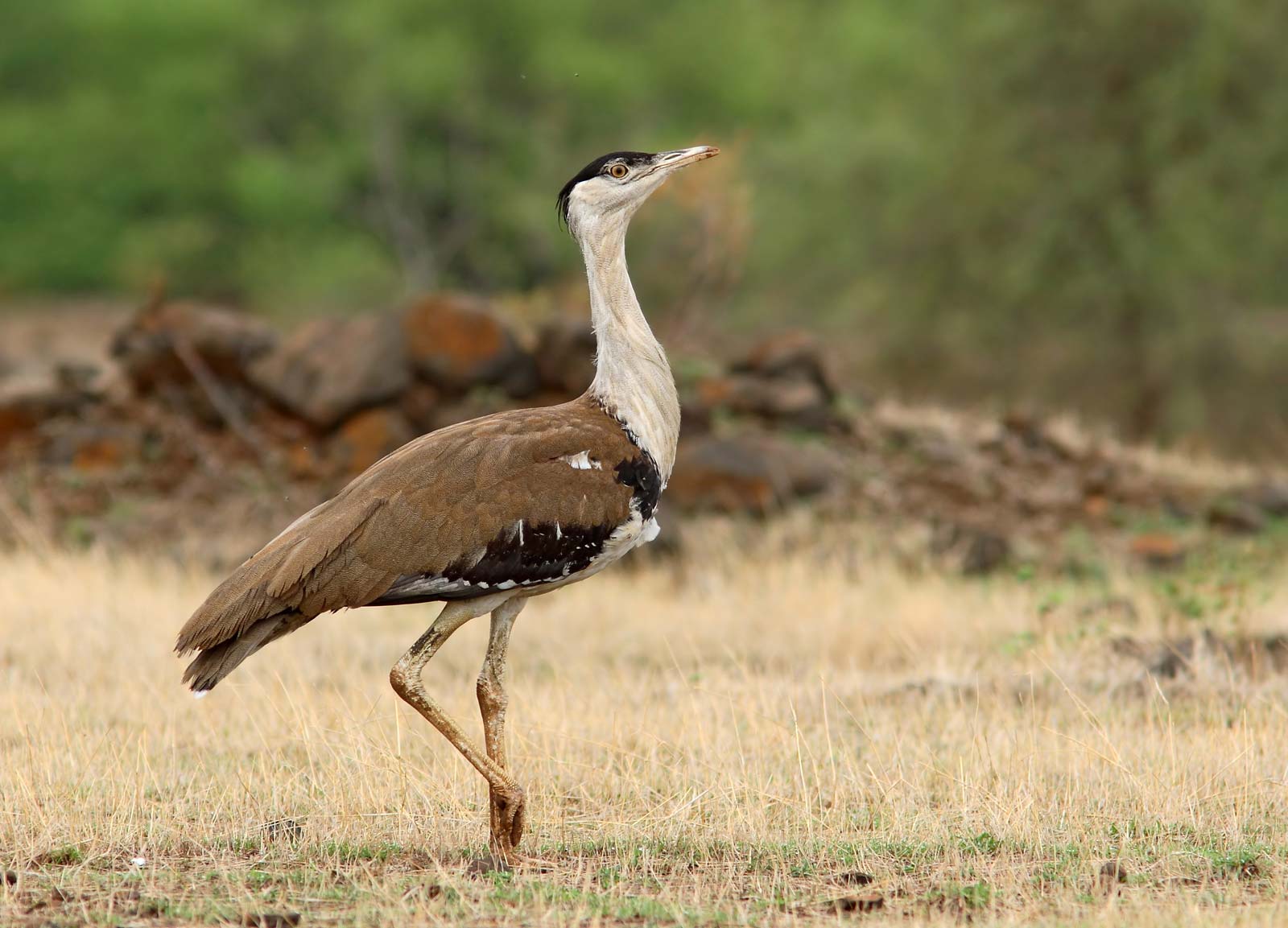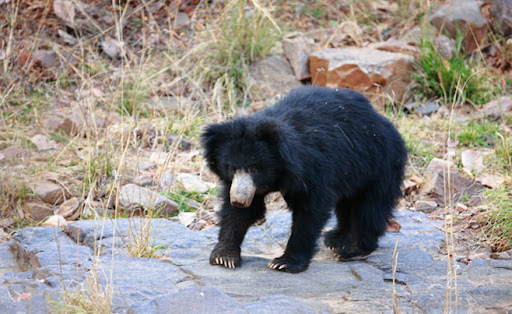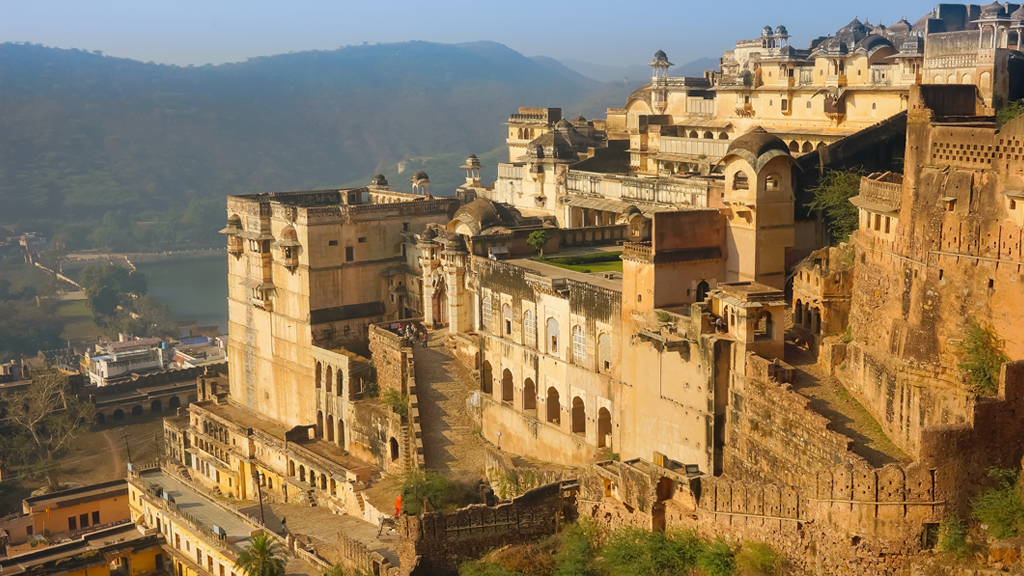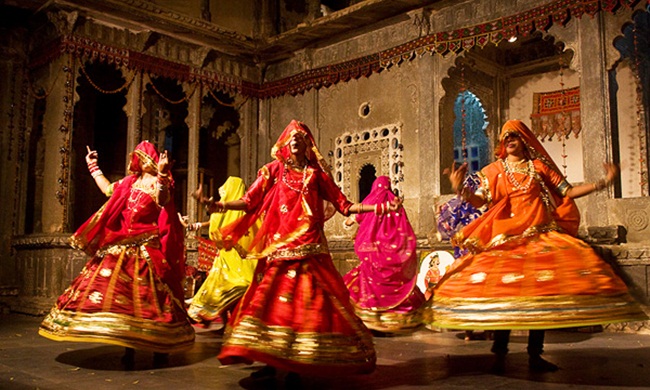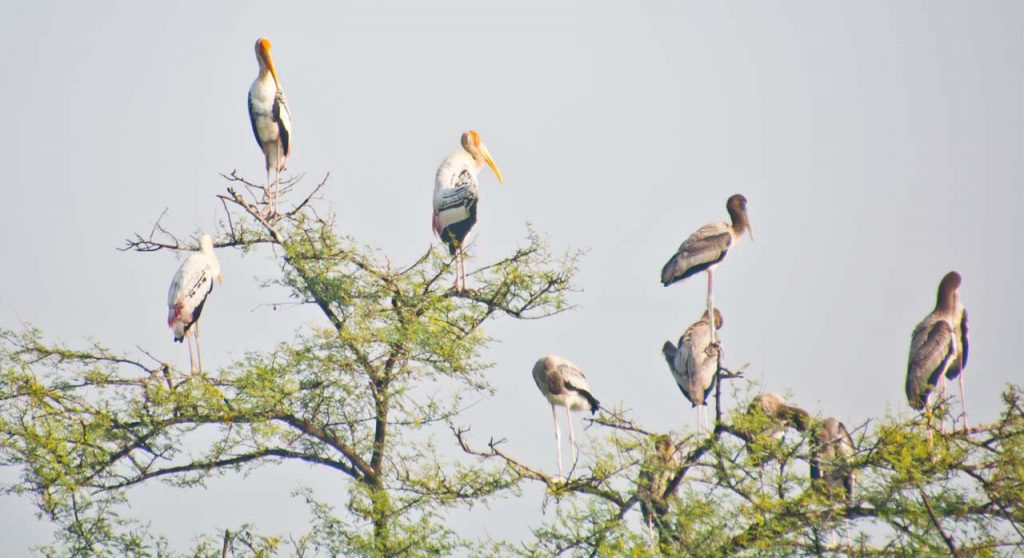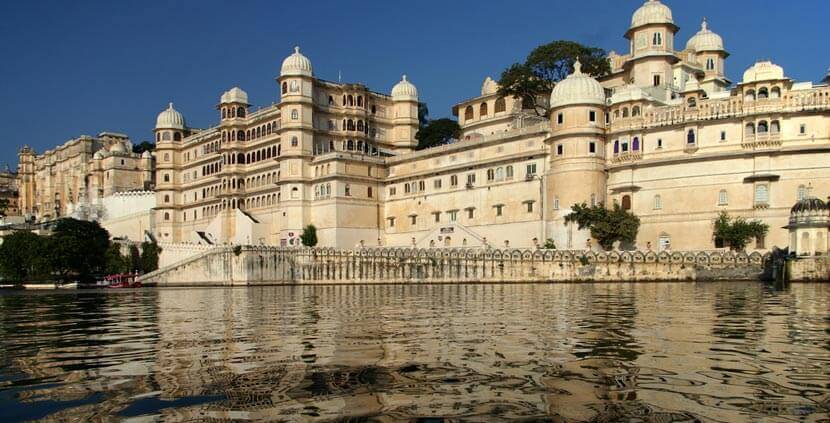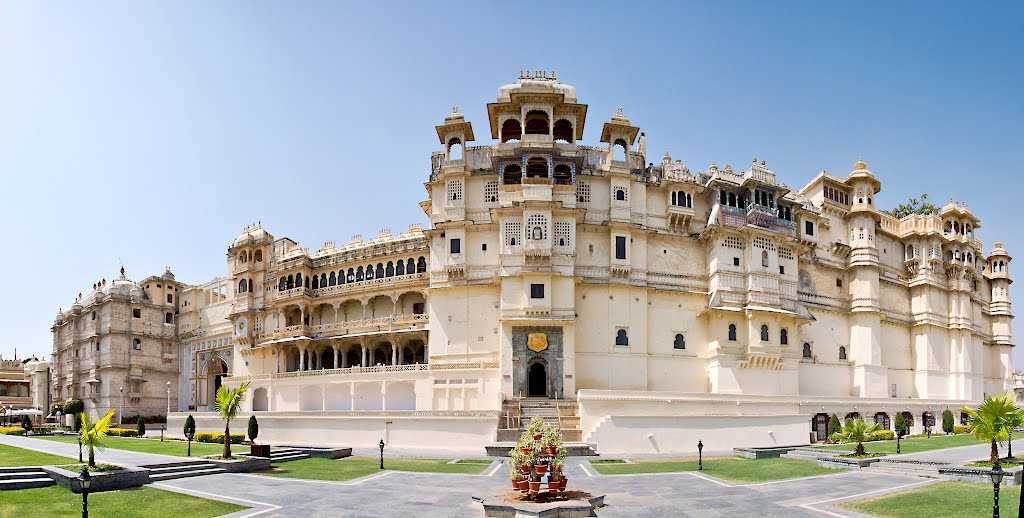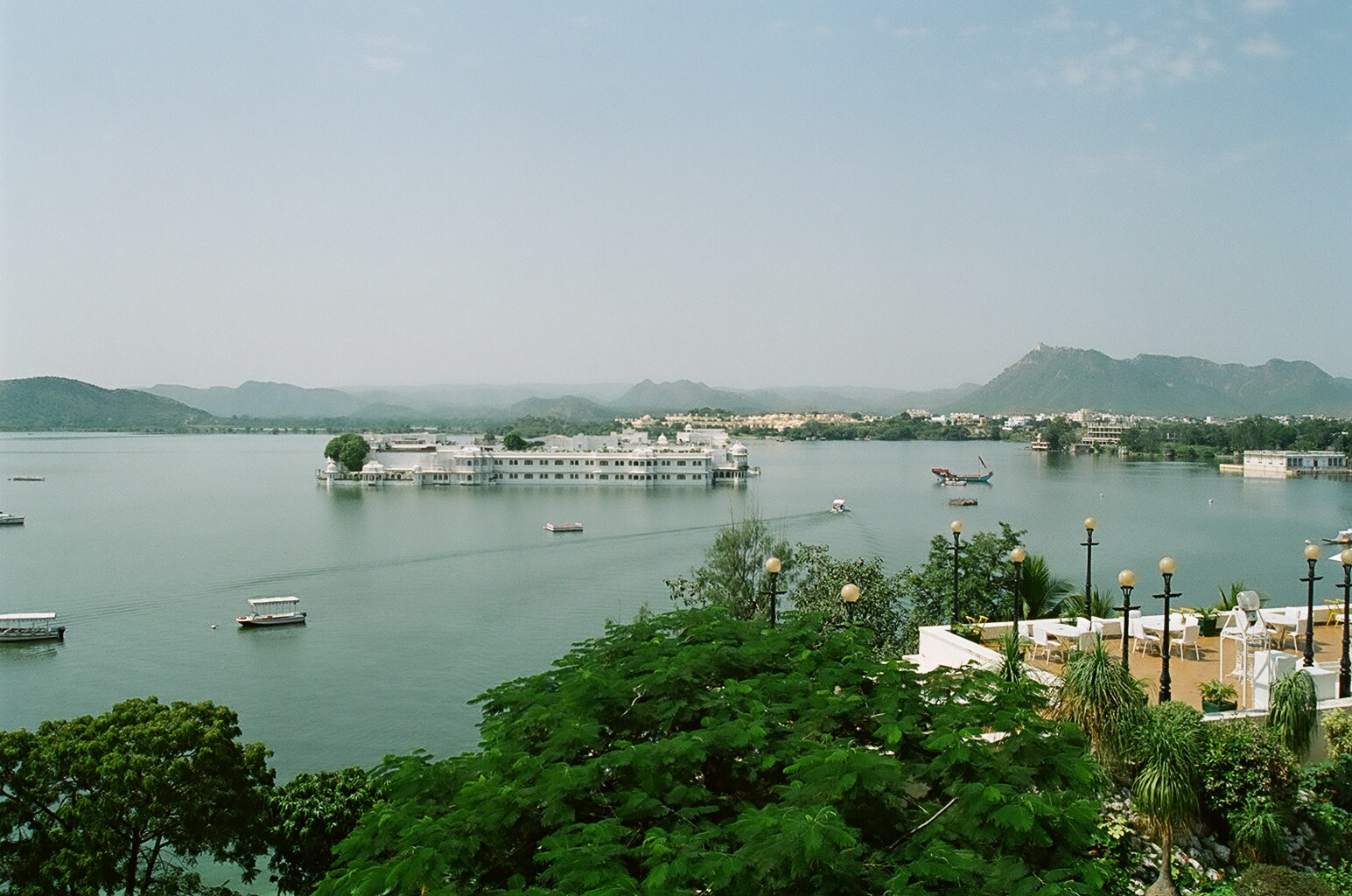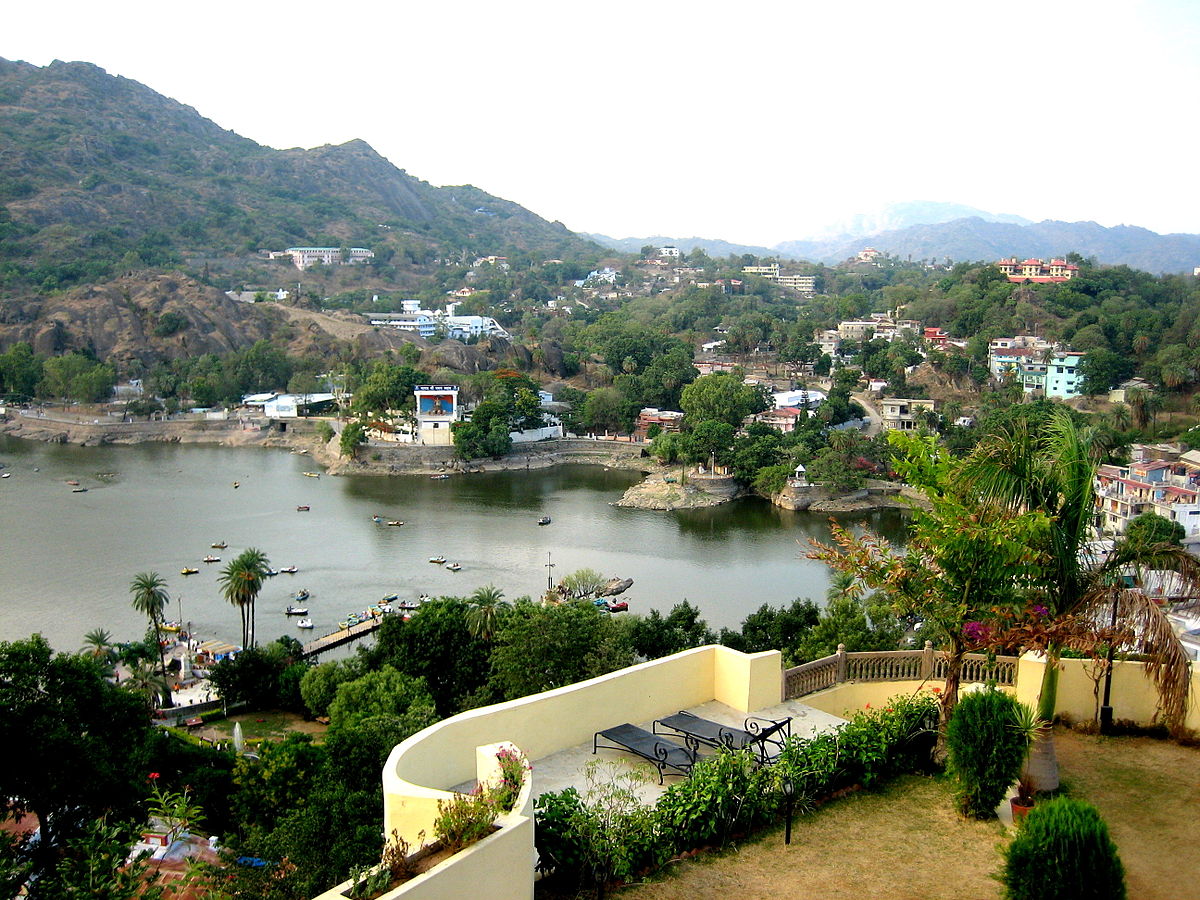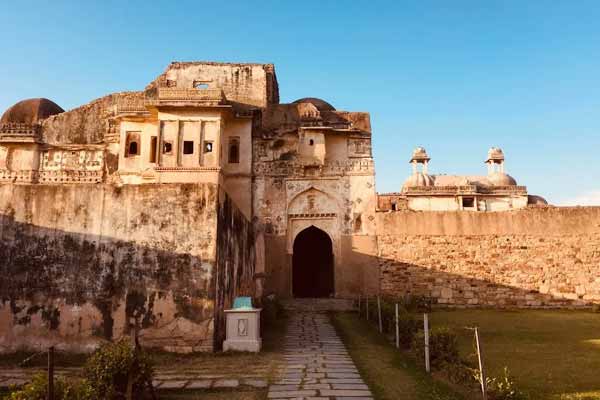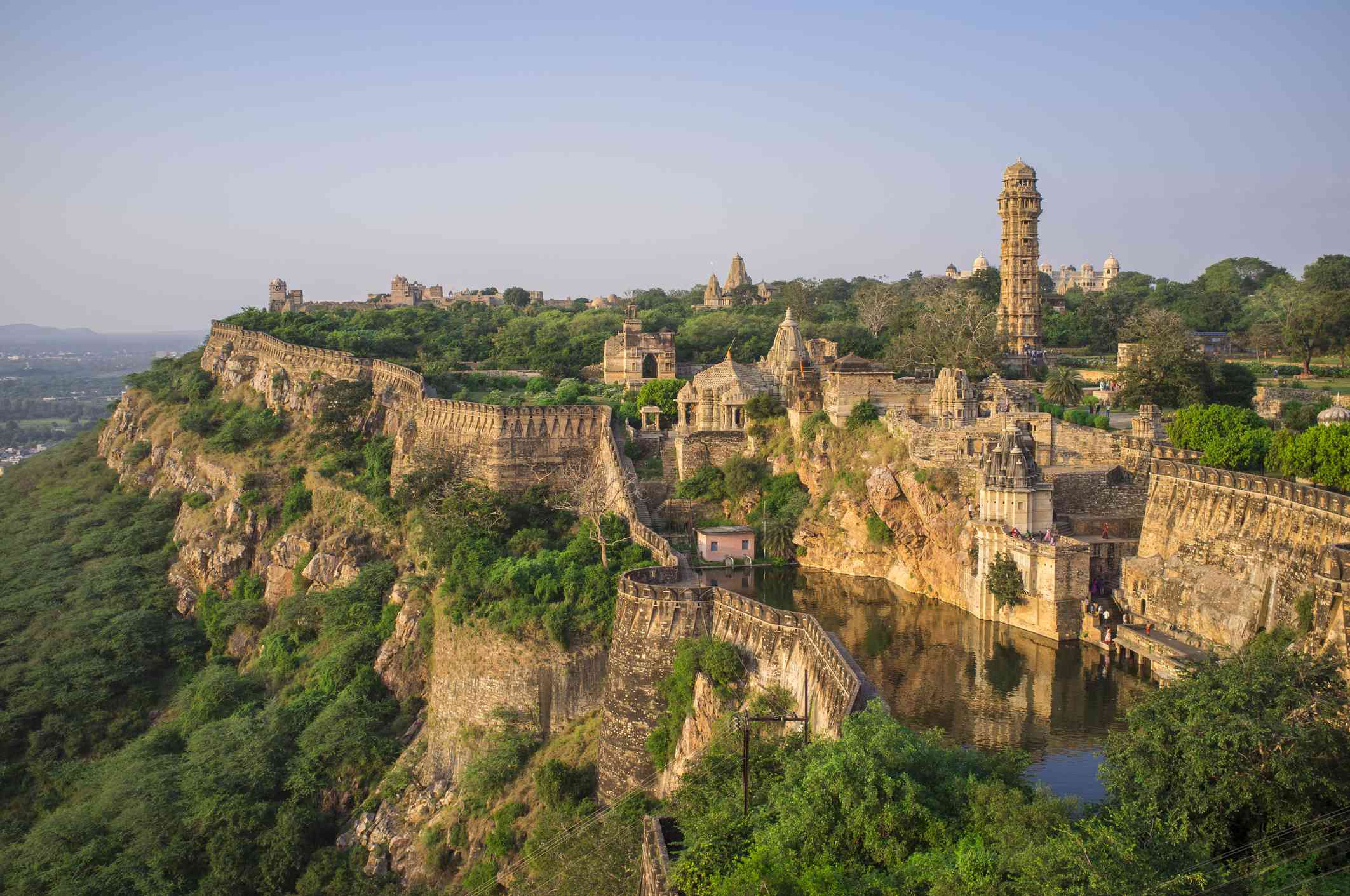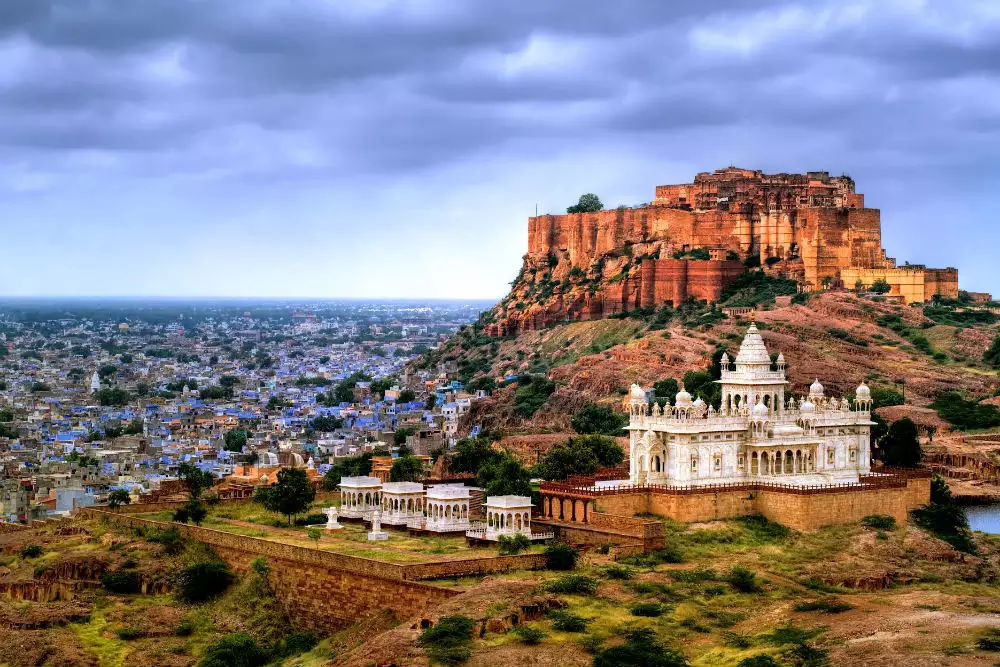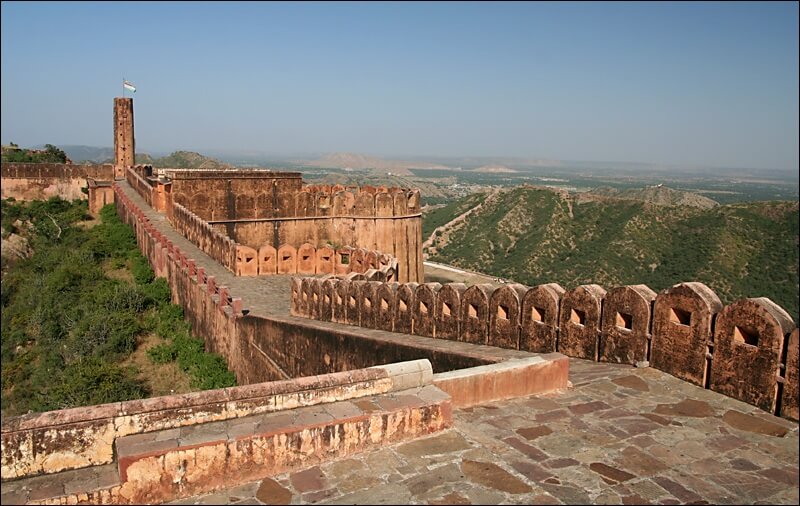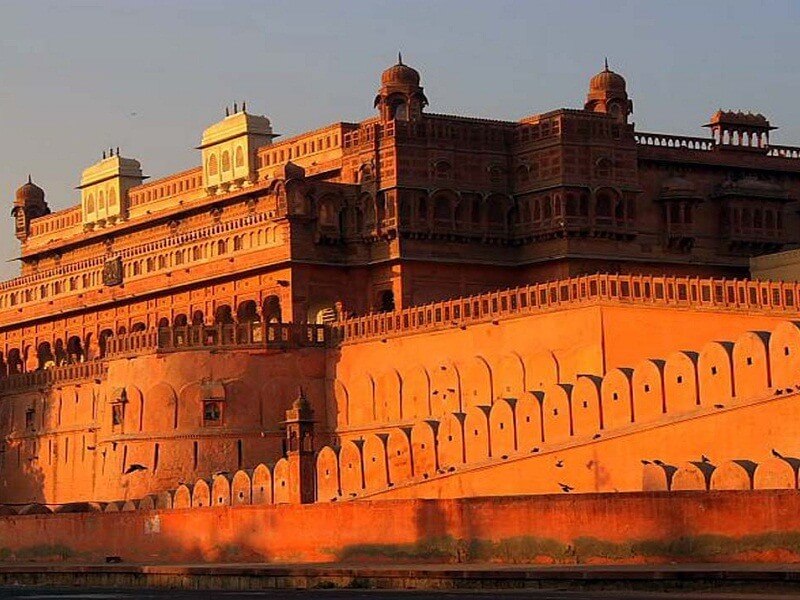- Home
- Tourism in India
- Rajasthan in India
- Ajmer Rajasthan
Ajmer Rajasthan
Quick Facts:
Ajmer Rajasthan
Country: India
State: Rajasthan
District: Ajmer
Founded by: Ajayaraja I or Ajayaraja II
Named after: Ajayaraja I or Ajaraja II
Tourist places: Ajmer Sharif Dargah, Taragarh fort, Pushkar, Adhai Din Ka Jhonpra, Akbari fort and museum, Nareli Jain temple and many more.
Best time to visit: October to March is considered as best time to visit
Update on coronavirus in India
Ajmer also spelled as Ajjmere or Ajmir is an old city in the state of Rajasthan, India. It is located at the centre of Rajasthan and on the lower slopes of Taragarh Hill. Surrounded beautifully by Aravalli ranges, the city is famous for Ajmer Sharif Dargah of Saint Muin-ud-din-Chisti. Ajayaraja I or Ajayaraja II of Chahamana ruler established the city of Ajmer and it served as their capital till 12th century. It is one of the most important Islamic pilgrimage destinations in India.
Climate/Seasons- Ajmer Rajasthan
Best time to visit:
October to March is considered as the best period to visit Ajmer.
Climate/ Seasons:
Ajmer enjoys a semi-arid climate with summers being pretty hot and winters being mild cold.
Summer season: Summer months are from March to June. The maximum temperature hovers around 42 degrees Celsius during peak months of May and June. The weather remains hot and dry during peak summers.
Monsoon season: July to September are the monsoon months. The city receives intermittent rains. The city receives around 55 centimeters of rain every year. The maximum temperature may hover around 30 degrees Celsius.
Winter season: November to February are winter months. The minimum temperature may hover around 10 degrees Celsius. The daytime remains pleasant and the best time to move around. Occasionally the temperature may fall to freezing levels.
How to Reach
Ajmer is easily accessible by air, rail and road.
By Air: Kishangarh airport is the nearest airport. It is around 25 km from the airport city. Flights from Delhi, Mumbai, Hyderabad, Indore operate on a daily basis. The next nearest airport is the Jaipur airport which is around 135 km from Ajmer.
By Rail: Ajmer Junction is the main railway junction in the city and was built during the colonial period. It is very well connected to major cities across India.
By Road:
Ajmer is well connected by road to different cities in Rajasthan and to Delhi. Some of the other cities across India are also connected through roads to Ajmer. There are both private and government run buses available.
History of Ajmer Rajasthan
Ajayaraja II was the son of Prithiviraj Chauhan of Shakambari Chahamana dynasty. The city Ajmer which was earlier known as Ajayameru was founded by Chahamana king Ajayadeva. According to the 12th century text Prithiviraja Vijaya states that Ajayaraja II established the city of Ajmer and named it as Ajayameru. But according to some of the historians the city was found much more early.
It is further believed that Ajayaraja I commissioned the Ajayameru fort in the 8th century which later came to be known as Taragarh fort. Ajmer was under continuous attack by the muslim rulers. In 1193, Ajmer was taken into control by Mamluks of Delhi Sultanate. But later it was handed over to Rajputs under certain conditions.
Ajmer was always one of the important places to conquer by different rulers. In 1556, Ajmer came again under the Mughal Empire. Emperor Akbar conquered it and declared it as a province in 1556. It also became the headquarters for Military operations against Rajput and other rulers. Mughals visited Ajmer regularly as a pilgrimage to visit Moinuddin Chishti Dargah. Earlier the city was the military base for the Mughals against the Rajput rulers. There are quite a few notable Mughal monuments like the Akbar’s palace, mosques which showcase the rich Mughal architecture.
By 1771, the Scindias conquered and later by 1818 the British gained control over the city. After India got its Independence in 1947, Ajmer was merged with the State of Rajasthan on 1st November 1956.
Tourism/ Places of Interest
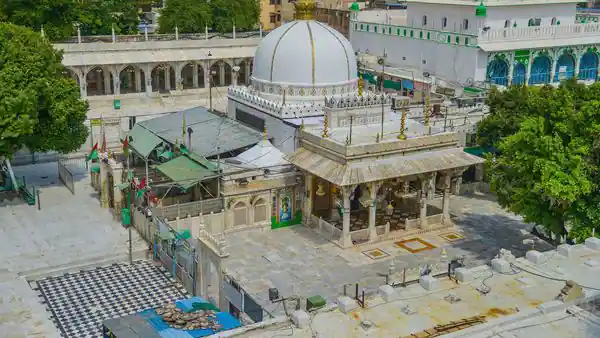
Ajmer Sharif Dargah:
Ajmer Sharif Dargah is the tomb of the sufi saint Khwaja Moinuddin Chisti. It is just 2 km from the main railway station and is situated at the foot of the Taragarh hill. It is one of the most important places for the Muslims and thousands of tourists visit the Dargah to seek the blessings of Moinuddin Chisti. Pilgrims visit from all over the world offer Chaddars to the shrine and also rose petals.
Khwaja Moinuddin Chisti was a great Sufi saint and philosopher who dedicated his life for the upliftment of the poor and the downtrodden. The Dargah consists of multiple structures and eight entrance gates. But only three gates are in use now. The Nizam gate is the main gate and has floral designs on it. Built in Indo Islamic architecture, the dome has features of a lotus and a crown of gold. Some of the materials that are used are marble, sandstone and brick. The white marble dome of Chisti shrine was built in 1532. The sanctum of the dargah has two doors. Jahangir commissioned a canopy which is made of composite material called Nacre and silver.
The Mughal rulers commissioned different mosques in the Dargah complex. They also contributed in various ways to the complex. The Akbari Mosque which is made of red sandstone was likely commissioned by Mughal Emperor Akbar. Later ShahJahan commissioned another mosque called Jami Masjid in 1637. Aurangzeb constructed Sandhali Masjid. After winning the battle of Chittogarh, Akbar donated a cauldron (deeg) to dargah in 1568. The deeg was 20 feet in diameter and was made up of seven alloys.
Urs or the death anniversary of the Moinuddin Chisti is nor mourned but is celebrated on 6th and 7th of Rajab.
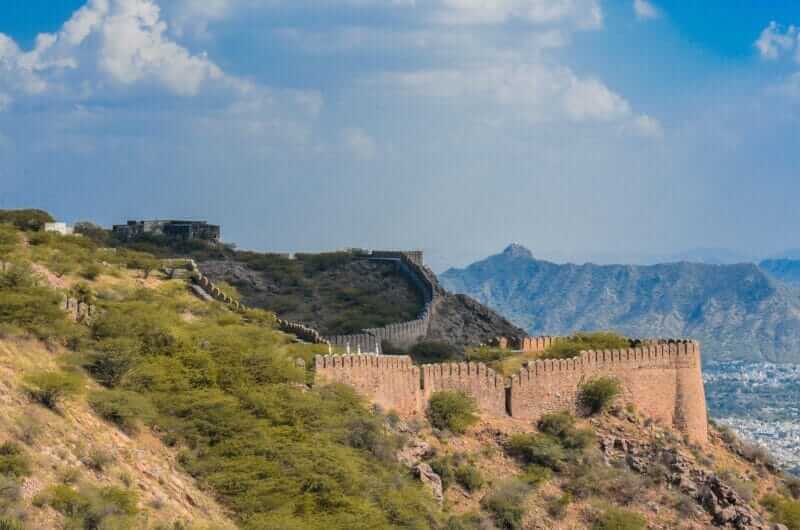
Taragarh Fort:
Taragarh Fort was built in the 8th century by Ajayaraja Chauhan. Built on the steep hillside, the fort is standing magnificently at a height of 1300 feet from the ground level. The fort was famous for its stunning architecture, strength and strategic importance. The intricate carvings are the best things to see in this fort. The fort gives its tourists a breathtaking panoramic view of the city. The hill fort which guards the city of Ajmer was an important seat of Chauhan rulers.
The fort has three gateways namely Phuta Darwaza, Lakshmi Pol and Gagudi ki Phatak. Most of the gates are in ruins now. Muhammad of Ghazni attacked the fort in1024 AD. There was a fierce battle and he was severely injured. Hence he could not take control of the fort. Later in the 15th century Prithviraj who was the son of Rana Raimal captured Taragarh fort.
The fort has a shrine dedicated to Miran Saheb ki Dargah. He lost his life in 1202 CE when Rajput's attacked and killed him.
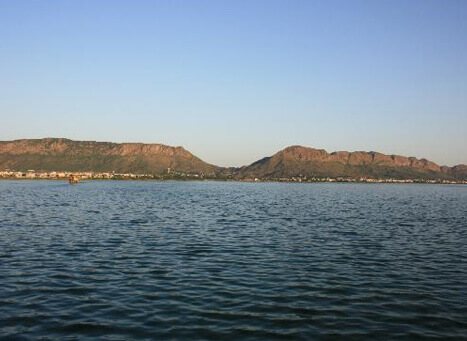
Ana Sagar Lake:
Ana Sagar Lake is a beautiful manmade lake built by Anaji Chauhan in 1135-1150 AD. It is one of the oldest lakes in Ajmer, Rajasthan. The lake is spread over 13 km and is surrounded by lush greenery all around. On the banks of the lake is the Daulat Bagh Gardens which is one of the important tourist place in Ajmer. Mughal Emperor Jahangir constructed this beautiful garden on the banks. Later Shah Jahan constructed five pavilions between the park and garden. There are several other nearby places like the temples and the historical monuments near the lake. The Lake is open from 8 am to 8 pm on all days.
Nareli Jain temple:
Nareli Jain temple is a sacred temple built in the 21st century. It is dedicated to Jain Tirthankaras. The temple is open from 6:30 am to 7 pm on all days. The temple is built in marble stone and is famous for its marvelous architecture and intricate stone carvings. The temple consists of 24 miniature temples for 24 tirthankaras. The main temple has a huge idol of Guru Adinath Ji. The temple is built on the Aravalli range mountains and truly one can have a spectacular view from the temple. The temple consists of several meditation and prayer halls.
Lake Foy Sagar:
It is an artificial lake created as a famine relief project in 1892 during the British Era. The lake is named after the British engineer Mr Foy who built the lake. The lake is surrounded by barren hills and gives a view of the Aravalli mountains. The lake is spread over an area of 14,000,000 square feet with an original capacity of 15 million cubic feet of water in it. Overall it is a popular tourist destination in Ajmer.
Durga Bagh
Located on the banks of Ana Sagar Lake, Durga Bagh is a beautiful garden with lush green lawns, shady trees and peaceful atmosphere. The garden is adorned by “ Baradari” and numerous trees all around. There is a small temple which is dedicated to goddess Durga.
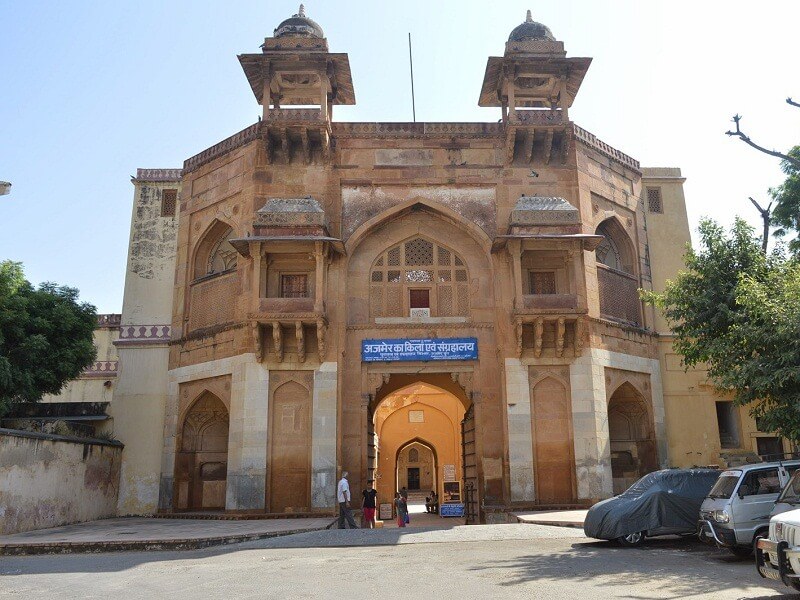
Akbari Fort and Museum:
It is one of the best examples of Mughal architecture and was constructed by Akbar in 1570. It is used to be the residence of Prince Salim who was the son of Akbar. From this place Salim as the Emperor Jahangir read out Firman giving permission to the British East India Company to trade with India. The palace is now converted into a museum and displays the age-old military weapons, paintings, sculptures and artifacts of mughal era. The palace is also famous for its marvelous intricate carvings and latticed windows with beautiful courtyards all around.
Soniji ki Nasiyan:
Also known as Ajmer Jain temple, Soniji ki Nasiyan is a Jain temple built in the 19th century. The temple is open from 8:30 am to 5:30 pm. It is situated in Prithviraj Marg Ajmer. The foundation was laid in 1864 and the idol of Rishabdev was installed in 1865. The main chamber also known as Swarna Nagari, or “City of Gold” has several gold-plated wooden figures which are dedicated to several figures in Jain religion. The main temple is dedicated to Rishabhdev, first of the 24 tirthankaras. The entrance of the temple is built in red sandstone. The marble staircase leads to the main temple.
One can see five kalyanakas of lord Rishabdev which are displayed as models to the public. The five stages are Garbha Kalyanak ( Conception), Janma Kalyanak (birth) , Tap Kalyanak ( Renunciation) , keval Jnan Kalyanak ( Omniscience), and Moksha Kalyanak. The entire structure is covered with gold leaf and is made according to the descriptions provided in Adi purana.
The temple is surrounded by lush greenery all around. The mesmerizing work of the temple shows the rich culture and great art sense of Digambara's.
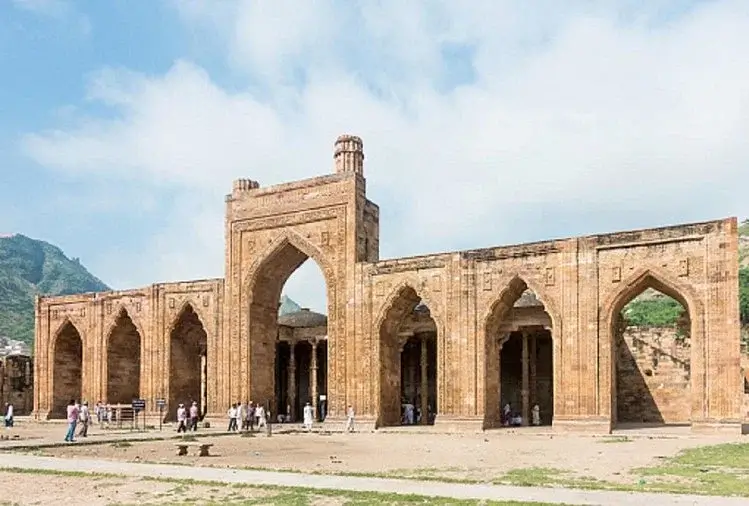
Adhai Din Ka Jhonpra
It is one of the oldest mosques in India. The mosque was commissioned by Qutb- ud-din Aibak in 1192. The mosque is built in Indo Islamic architecture and was designed by Abu Bakr of Herat. It was further refurbished by Iltutmish in 1213 AD. He added seven arch screens by 1230 AD. Adhai Din Ka Jhonpra literally means giving away “two and a half days.” It is believed that part of the mosque was built in two and a half days. The exterior of the mosque is in square shape. The mosque has two entrances, one facing south and another towards east. The prayer hall is situated towards the west.
There are around 344 pillars in the mosque but out of which only 70 pillars are standing now. The mihrab is built in white marble. The front part of the building has a massive screen with yellow limestone arches. This was built during the rule of Illutumish. This is one of the most important features in the mosque. The intricate carving on the pillars is a must see. The pillars also have carvings similar to that of Jain and Hindu temples. The place is visited by all sects of people from around the world.
Prithviraj Smark:
On the way to Taragarh fort one can see a huge statue of Prithiviraj Chauhan mounted on a horse. It is a smark dedicated to the king.
Affiliate Disclosure:
If you make any purchase via a link on this site, I may receive a small commission with no added cost to you.
